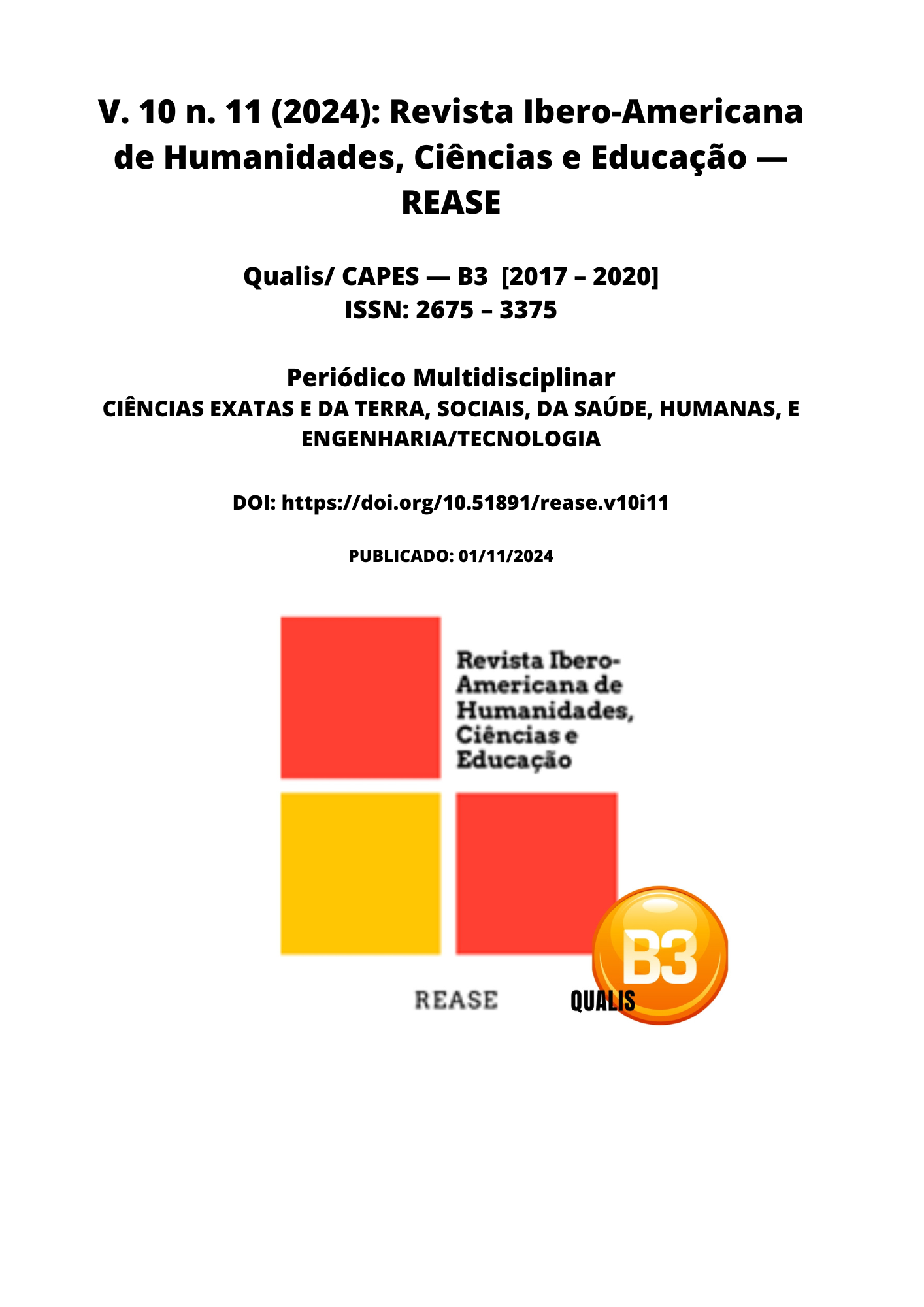COMPARATIVE ANALYSIS OF GERMINATION OF RAINFOLD RICE AFTER BREAKING DORMATION
DOI:
https://doi.org/10.51891/rease.v10i11.16944Keywords:
Dry rice. Dormancy. Heat treatments. Agricultural productivity. Sustainable agriculture.Abstract
Seed dormancy is an important obstacle to agriculture, particularly in upland rice cultivars, where water availability is limited. Rapid and uniform germination is crucial for efficient crop establishment and, to overcome dormancy, heat treatments have been widely studied. This work investigates the effectiveness of different combinations of temperature and exposure time (40°C, 70°C and 100°C for 30, 60 and 90 minutes) to break the dormancy of Ana 9005 upland rice seeds. to laboratory treatments and evaluated for germination rate in a controlled germination chamber for 7 days. The data obtained included the number of germinated seeds, the average germination time and the final germination rate. The expected results include the identification of the most effective treatments to improve the germination rate, allowing greater uniformity and crop productivity. The research also aims to contribute with practical recommendations for seed management in rainfed regions, promoting more efficient and sustainable agriculture, with less dependence on chemical inputs.
Downloads
Downloads
Published
How to Cite
Issue
Section
Categories
License
Atribuição CC BY

